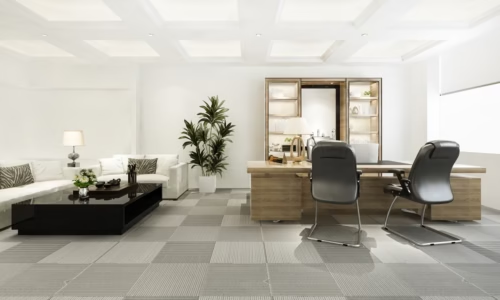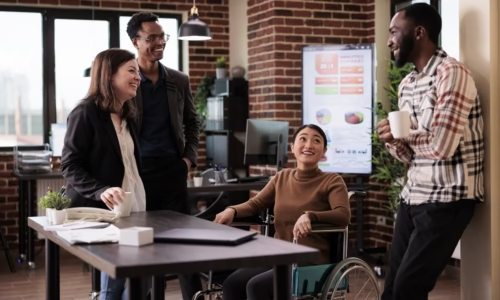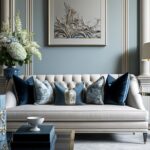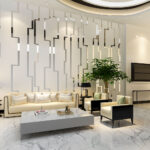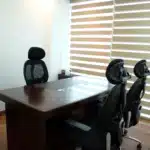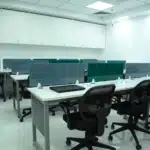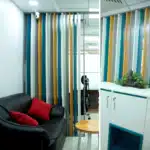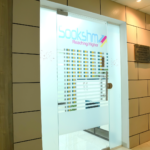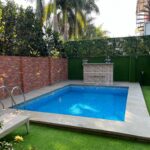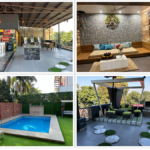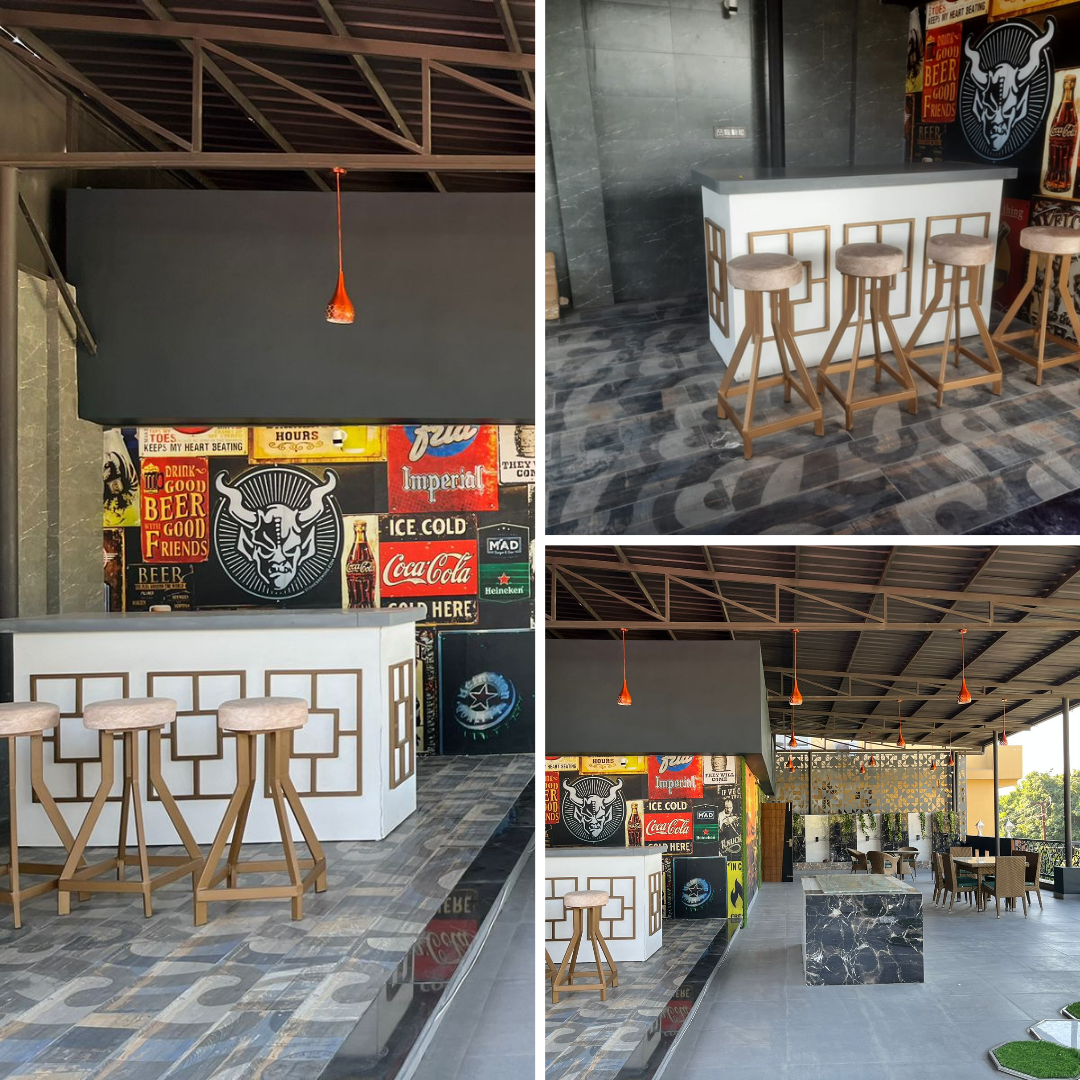Designing an office that attracts top talent means creating a space that inspires productivity, collaboration, and creativity while providing comfort and functionality. The workplace environment has a direct impact on employee satisfaction, retention, and overall performance.
This article explains how to design an office that appeals to talented professionals and helps your business build a strong and motivated workforce.
1. Understanding What Top Talent Looks For in an Office
Before designing the workspace, it’s essential to understand what top candidates expect from a modern office environment. Skilled professionals today value flexibility, creativity, and well-being more than ever. They look for a workspace that supports their productivity and makes them feel valued.
Some of the key elements professionals look for include:
| Key Factor | What It Means for Employees |
|---|---|
| Comfort | Ergonomic furniture, proper lighting, and temperature control. |
| Flexibility | Options for remote work, shared spaces, and private zones. |
| Technology | Fast internet, collaboration tools, and digital resources. |
| Aesthetics | Clean, modern, and inspiring designs. |
| Well-being | Natural light, plants, and areas for relaxation. |
| Culture | An environment that represents company values and teamwork. |
A thoughtfully designed office should balance these factors to attract and retain top talent.
2. The Role of Office Design in Building Company Culture
The layout, colors, and overall design of an office tell a lot about a company’s personality. A creative agency might use bright colors and open layouts, while a law firm may prefer elegant, private offices.
Top talent often seeks workplaces where they can fit in culturally. A well-designed office communicates your brand identity. It helps employees feel like they are part of something meaningful.
For example, if your company values innovation, include brainstorming spaces, writable walls, and flexible seating arrangements. If teamwork is your focus, open workstations and collaborative zones will reflect that.
The physical environment should align with your mission and vision — this consistency builds trust and pride among employees.
3. The Importance of Comfort and Ergonomics
Comfort is one of the biggest factors influencing employee satisfaction. Poorly designed workspaces can lead to fatigue, discomfort, and even health issues, reducing productivity.
Ergonomic office design focuses on supporting the human body during long work hours. This includes:
-
Ergonomic chairs and desks to maintain good posture.
-
Adjustable desks that allow standing and sitting options.
-
Proper lighting that reduces eye strain.
-
Temperature control for comfort throughout the day.
When employees feel physically comfortable, they can focus better and work efficiently. Companies that invest in ergonomic furniture show that they care about their employees’ health, which in turn attracts quality candidates.
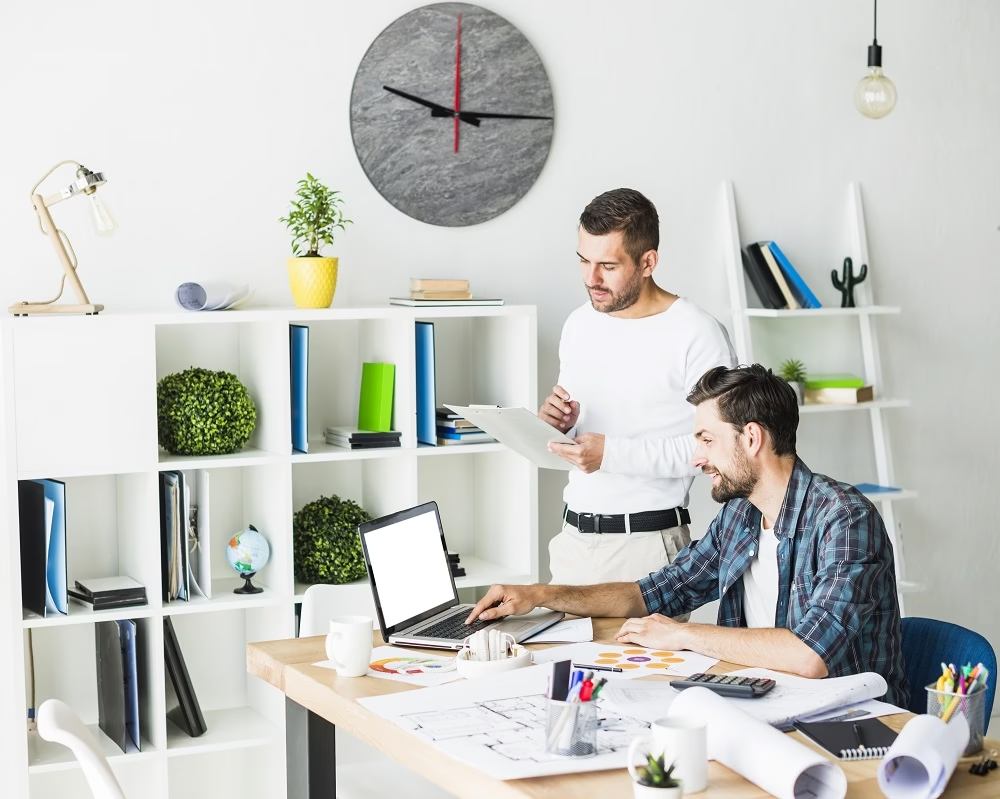
4. The Power of Natural Light and Green Spaces
Natural light plays a significant role in employee mood and productivity. Studies have shown that workplaces with plenty of sunlight help reduce stress and improve focus.
Large windows, glass walls, and skylights are great design elements for increasing daylight exposure. In addition, adding indoor plants not only enhances the look of the office but also improves air quality and creates a calming atmosphere.
Biophilic design — which connects people with nature — has become a major trend in modern offices. This includes adding:
-
Indoor gardens or plant walls
-
Natural textures like wood or stone
-
Outdoor seating areas for breaks
These small design touches make the workspace more inviting and help attract professionals who value wellness and balance.
5. Creating Collaborative and Private Spaces
A well-designed office should offer a balance between collaboration and concentration. While open-plan layouts promote teamwork, they can also be noisy or distracting.
To solve this, modern offices include different zones for different tasks. For example:
| Workspace Type | Purpose |
|---|---|
| Open Work Areas | Encourage collaboration and idea-sharing. |
| Private Pods or Cabins | Provide quiet spaces for focused work. |
| Meeting Rooms | Support group discussions and client meetings. |
| Breakout Zones | Allow employees to relax and recharge. |
This flexible setup allows employees to choose the environment that best suits their work style. It also demonstrates that the company understands the diverse needs of its team members — a strong factor in attracting skilled professionals.
6. Using Technology to Enhance the Workplace
Top talent expects modern offices to be equipped with up-to-date technology. Outdated tools can slow down work and create frustration. A tech-friendly workspace supports seamless communication and collaboration.
Essential technological features include:
-
High-speed internet connectivity
-
Smart conference rooms with video conferencing tools
-
Wireless charging stations
-
Cloud-based project management systems
-
Interactive screens and digital boards
An office that embraces technology sends a clear message: the company is forward-thinking and values efficiency — qualities that attract ambitious, tech-savvy professionals.
7. The Role of Aesthetics and Branding in Office Design
A visually appealing office helps create a lasting impression. The aesthetics of your workplace — from color schemes to furniture — should match your brand identity.
For example, if your brand represents creativity and innovation, use bold colors and dynamic layouts. If your brand values trust and professionalism, opt for a more refined and classic look.
Incorporate your logo colors subtly throughout the office — in wall art, furniture accents, or decor elements. This not only strengthens your brand image but also makes the workplace feel unified and purposeful.
A well-branded office environment makes employees proud of where they work and helps visitors understand your business personality immediately.
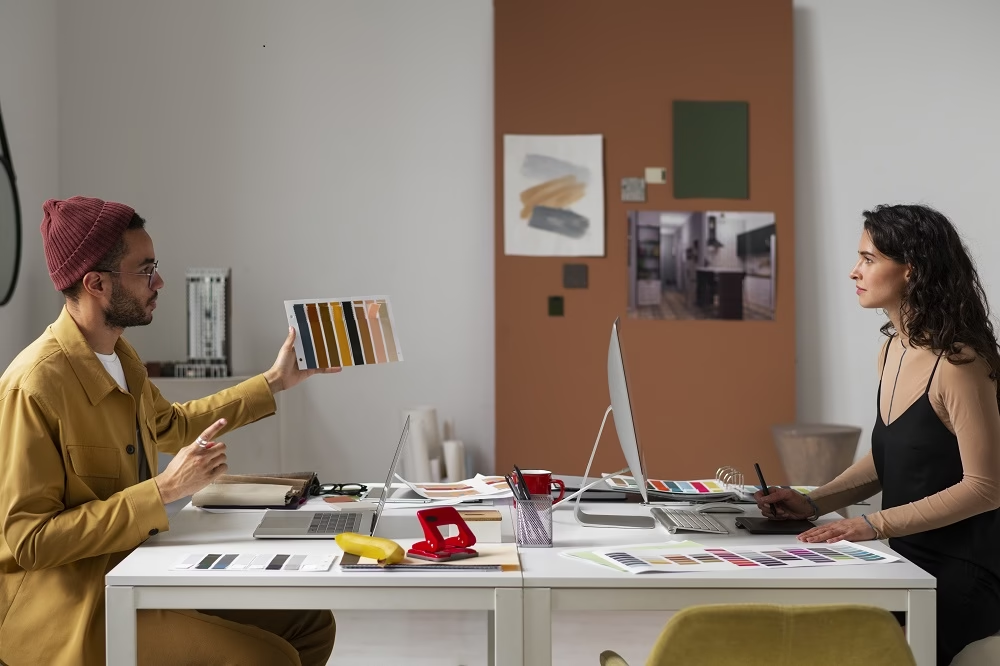
8. Prioritizing Employee Well-Being and Work-Life Balance
Top professionals are drawn to companies that care about their well-being. Designing a workspace that promotes physical and mental health can make your company stand out.
Some practical ideas include:
-
Wellness rooms for relaxation or meditation.
-
On-site fitness areas or access to nearby gyms.
-
Healthy snacks in the pantry.
-
Flexible working hours and remote options.
-
Spaces for social interaction to reduce isolation.
When employees feel supported both physically and mentally, they are more likely to stay loyal and recommend your company to others. A healthy work environment is a powerful recruitment and retention tool.
9. Sustainability in Office Design
Modern talent often prefers companies that care about the environment. Sustainable office design is both eco-friendly and cost-effective.
Here are some sustainable design ideas:
-
Energy-efficient lighting and appliances.
-
Use of recycled or locally sourced materials.
-
Smart HVAC systems to reduce energy waste.
-
Recycling stations throughout the office.
-
Encouraging paperless work through digital tools.
Creating a green office shows that your company takes responsibility for its environmental impact. This resonates strongly with younger generations and professionals who prioritize sustainability in their personal lives.
10. Making the First Impression Count
The reception area or entryway is the first place visitors and potential employees see. It sets the tone for their entire experience.
A welcoming reception should include:
-
A clear company logo or name display.
-
Comfortable seating.
-
Friendly lighting and clean surroundings.
-
Informative visuals about the company’s achievements or values.
This area should express your professionalism and creativity at first glance. When candidates walk in and feel inspired by the environment, it increases their excitement about joining your team.
Conclusion:
Designing an office that attracts top talent is not just about furniture or color — it’s about creating an experience. The best offices reflect company values, support well-being, and encourage both teamwork and focus.
A thoughtfully designed workspace communicates respect for employees, boosts morale, and improves performance. From natural light to ergonomic seating and smart technology, every element contributes to a positive work culture.
When your office feels inspiring and comfortable, talented individuals will not only want to work there — they will want to stay.
By investing in thoughtful design, you’re not just creating a beautiful space — you’re building a place where success, innovation, and growth naturally thrive.

